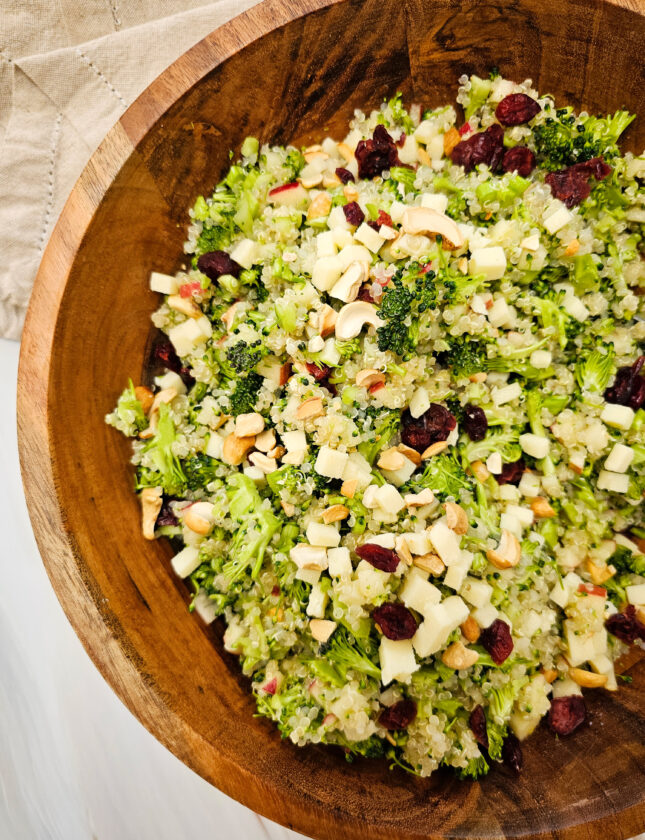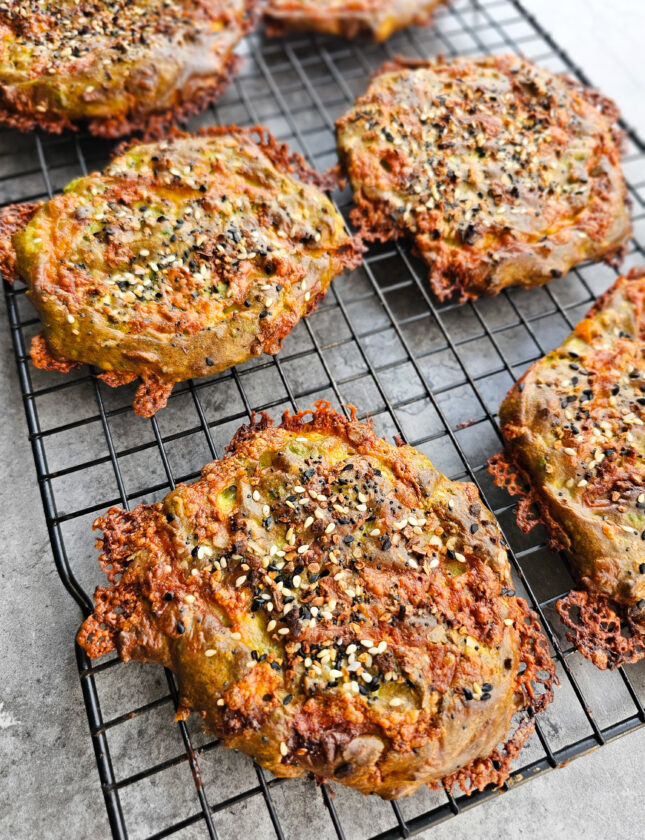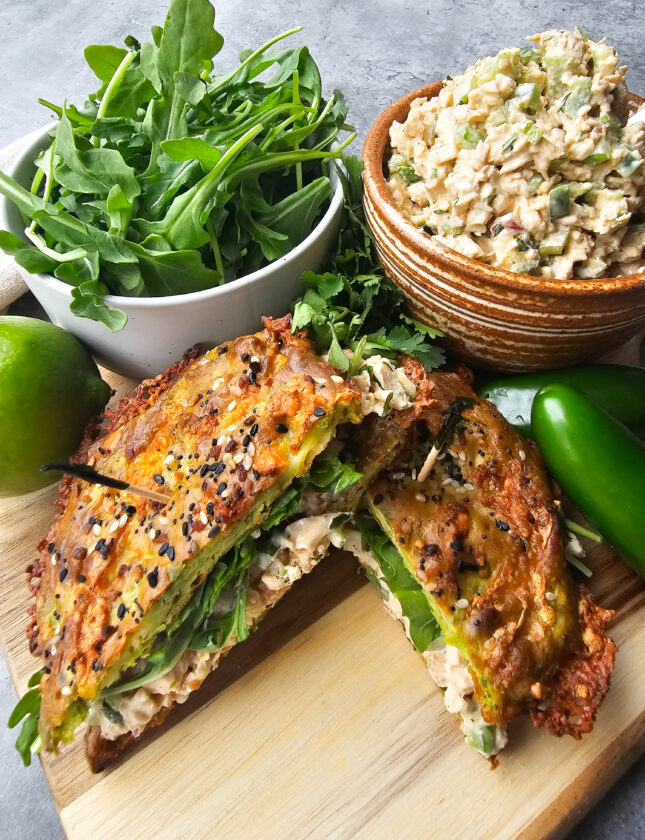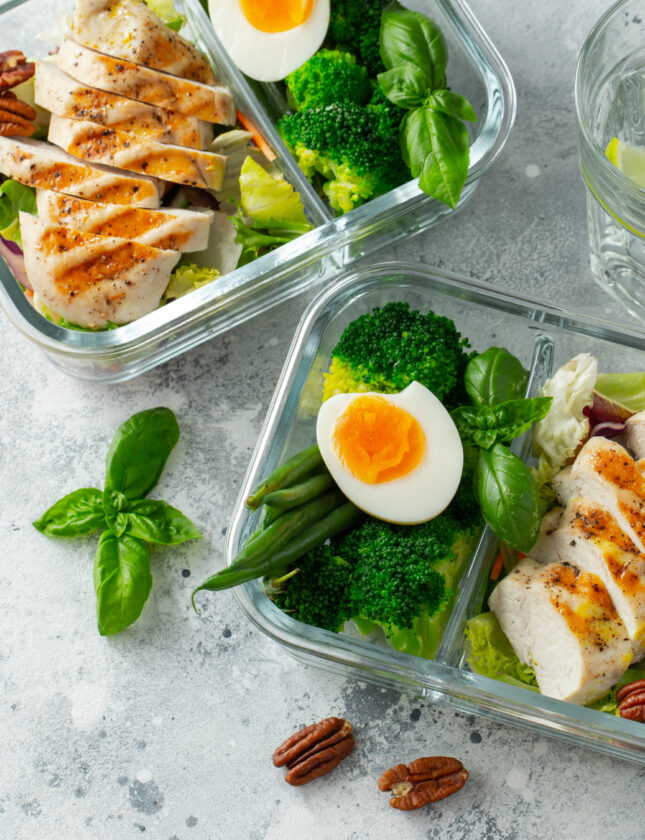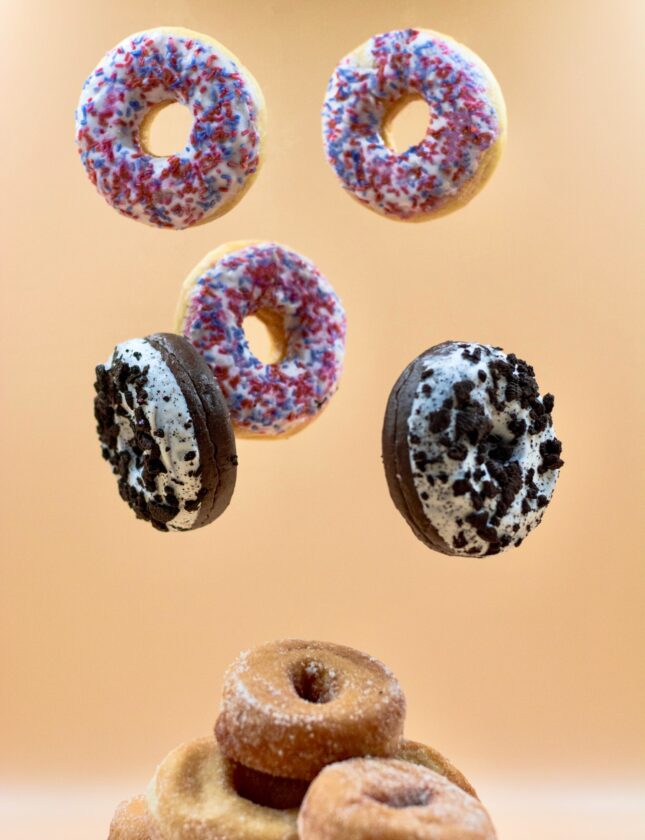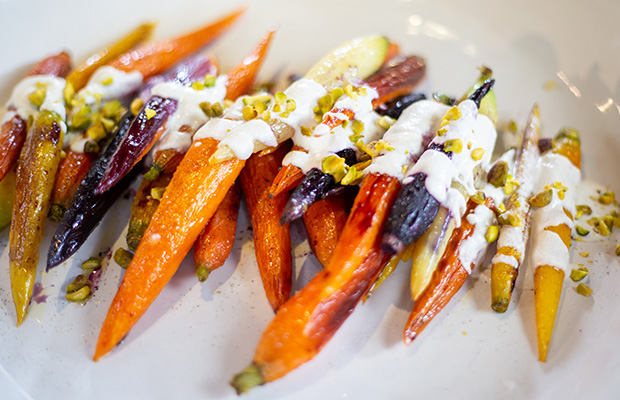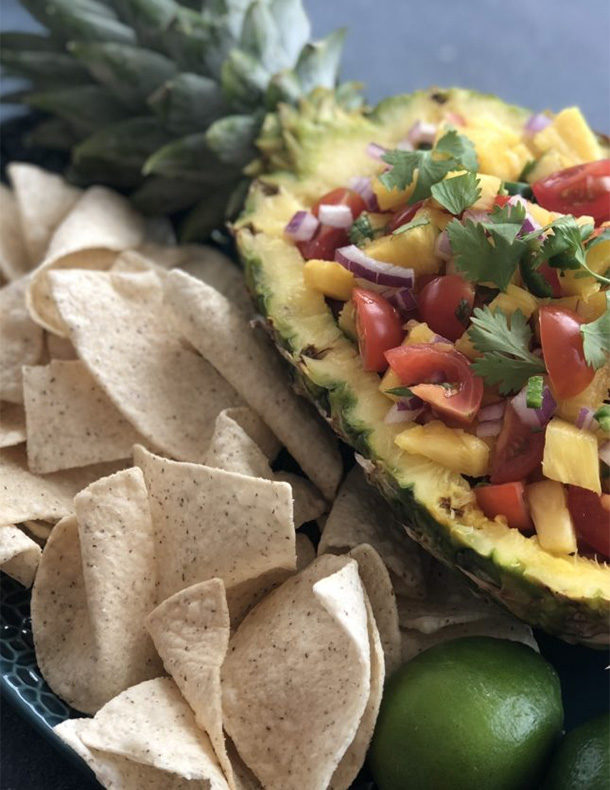Blood sugar balance may seem like a difficult thing to achieve, but there are actually three easy things you can do right now to make balancing your blood sugars a lot easier than you’d think.
But before we dive into those three tips, let’s look at WHY we should be concerned about balancing our blood sugars.
Why maintaining balanced blood sugar levels matters…
Your body’s blood sugar level changes quite frequently throughout the day in response to a number of different things:
- What you eat
- How you move your body
- What your stress levels are
- Your body’s hormone levels.
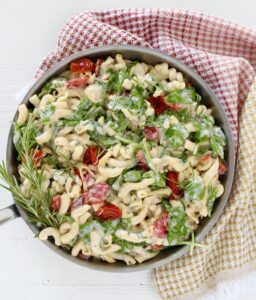
And it can change pretty quickly too. Blood sugars that are too high or too low can lead to low energy levels, reduced sex drive, brain fog, sugar cravings, and many other unwanted side effects.
So, it’s safe to say, it’s worth the time to make sure we’re eating in a way that promotes blood sugar balance.
My 3 tips for balancing blood sugars
These are my top 3 tips for balanced blood sugars and sustained energy levels…
Tip 1: Try to eat a combination of carbohydrate, fat, and protein each time you eat. And try not to eat carbohydrates by themselves.
Carbohydrates, fat, and protein are what we call our macronutrients. They are the only things that supply calories to our bodies. (Technically, alcohol also supplies calories, but it is not considered a nutrient.)
Of these macronutrients, our bodies process carbohydrates the quickest. Carbohydrates are great for a quick energy boost, but if you are not eating anything else with them you may see a rapid rise in blood sugar level and then a rapid fall (aka, a sugar crash). You also will most likely not be as satisfied and get hungry again quicker because the food is digested pretty quickly. For example, an apple with peanut butter will most likely keep you more satisfied than an apple by itself.
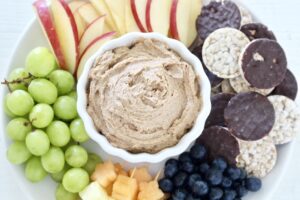
It takes our bodies longer to digest fat and protein than carbohydrate. So if you are eating fat and protein along with carbohydrate, your body takes a bit longer to digest your food. This means you will have a more steady supply of nutrients to your blood stream, and your food will stay in your stomach longer. Aka, you will feel satisfied for longer and have more stable energy levels.
So how do you put this into practice? Here’s an example… Let’s say you want to enjoy a piece of toast or a bagel, or maybe a muffin of some sort. By themselves, these things likely don’t have a lot of fat, fiber, and protein. They’re all carbs.
BUT, if you took that piece of toast (or the bagel, or the muffin) and added some avocado (for fat and fiber) and an egg (for fat and protein) … you’d have a much more blood sugar friendly meal in front of you.
I have a blog post over on MilkAndHoneyNutrition.com that goes into more detail on this topic if you’d like to read more.
Tip 2: Try not to go more than 4-5 hours without eating while you are awake. Stable blood sugar levels are dependent on a steady supply of energy from food. Anyone who has ever experienced a low blood sugar, or hypoglycemia, knows just how true this is.
Tip 3: You do you. Or rather, pay attention to what works for YOUR body, and your lifestyle, and try not to get caught up in the comparison game.
We are inundated every day with information via social media, internet blogs, and magazines that tell us the supposed one best way to eat or the best diet to follow. But the truth of the matter is, nutrition (and subsequently eating for blood sugar balance) is going to depend on your body and your lifestyle. We are all unique and all respond to food in different ways.
Pay attention to how you feel after you eat. And know that you are the expert when it comes to your body. What works for you may look different than what works for the next woman… and that’s completely ok!
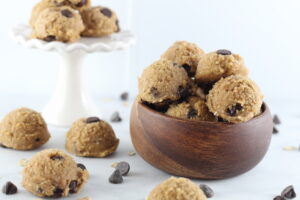
Putting it all together…
Tips 2 and 3 are pretty straight forward, but if you’d like help putting tip number 1 into practice, make sure to head over to MilkAndHoneyNutrition.com for some of my favorite blood sugar friendly recipes:
Low Sugar Chocolate Chip Cookie Dough Bites
Creamy Chickpea Pasta with Spinach and Rosemary
Low Sugar Peanut Bitter Fruit Dip
Note: This article is not intended to provide medical advice, diagnosis, opinion, treatment or services. This article and the links contained in it provide general information for educational purposes only. The information provided in this article is not a substitute for medical care, and should not be used in place of the advice of your physician or registered dietitian.

About Mary Ellen Phipps
Mary Ellen Phipps, MPH, RDN, LD is the founder and registered dietitian behind MilkandHoneyNutrition.com. As someone living with type 1 diabetes herself, she knows firsthand the impact food has on how we think, feel, act and move. She strives to make food easy and fun again for people with diabetes and other health conditions that impact the way we eat. She uses both her professional expertise and personal experience to reduce stress and fear around food, and help people find joy in the kitchen again. Mary Ellen is a leading wellness and nutrition expert, writer, and recipe developer for several prominent health and wellness organizations. She lives in the Houston-area with her husband and two daughters. Connect with her on her blog or over on Instagram @milknhoneynutrition.
